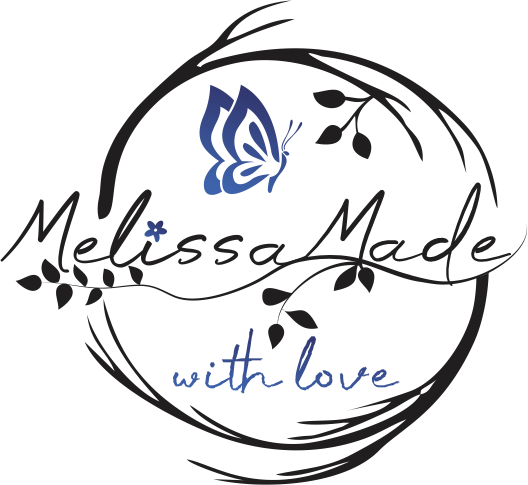In the spotlight - Lanolin
- Melissa

- Mar 10, 2020
- 2 min read
Lanolin is one of my favourite ingredients to use in skin care for special conditions because it provides a protective barrier over the skin, but is breathable so allows the skin to absorb the other ingredients in the products. Lanolin on its own can feel sticky and waxy but in a product including other ingredients it leaves a silky feeling.
When purchasing ingredients I am always interested in how the ingredient comes to be. Mostly because I want to be sure I am using a product that is ethical and given that lanolin comes from wool (mostly sheep) I needed to know that no harm comes to the animals in the extraction process.
Crude lanolin constitutes about 5-25% of the weight of freshly shorn wool. Lanolin is extracted by washing the wool in hot water with a special wool scouring detergent to remove dirt, wool grease (crude lanolin) , sweat salts and anything else stuck to the wool. The wool grease is continuously removed during this washing process by centrifuge separators, which concentrate it into a waxlike substance. (Wikipedia)
I use lanolin in a few of my products, the first one being baby balm. It is an effective barrier between baby's skin and wet nappies and can help to prevent nappy rash. If there is an existing rash, the lanolin is protective whilst allowing the healing ingredients of calendula and chamomile to do their work. Soothe and Protect Balm is of use in people with skin rashes from dermatitis and eczema conditions as the lanolin provides the protective barrier and allows the moisture into the skin from the other nourishing ingredients. The latest product that I am using Lanolin in is both the Gardener's and Nurse's hand cream - again it is the protective barrier and the silky glove like feel that are attributed to the use of lanolin in these.
In recent times I have looked at formulating products without lanolin in order to make them vegan friendly, however, I am yet to find an ingredient that is as effective overall.

Comments